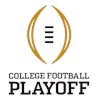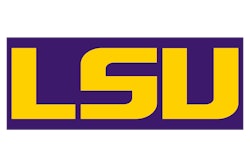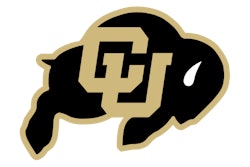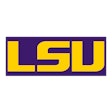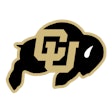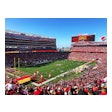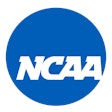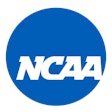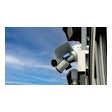Copyright 2016 Gannett Company, Inc.
All Rights Reserved
USA TODAY
In his pursuit of a new baseball home this offseason, free agent closer Mark Melancon came armed with an array of questions to his interview with the San Francisco Giants. As an athlete who's finely tuned with his body, Melancon wanted to learn about the club's training and recovery methods.
Among other things, Melancon learned the Giants have a sleep room in the clubhouse, will travel in all first-class seats this coming season and have consulted sleep experts to help them choose the least-disruptive times to travel during the season and playoffs.
Those were likely small but meaningful factors in Melancon signing a four-year, $62million contract Monday with San Francisco.
"We think sports science -- and we're talking about recovery, sleep, nutrition, hydration, all of that -- is a huge X-factor that's really important," Giants President Larry Baer said. "We're putting a lot of resources into all sorts of techniques. Some of it also relates to wearables and measuring."
A new wearable device might help players -- and teams -- get a better sense of how much rest they need to play their best.
Results of a study conducted last summer by the Boston-based WHOOP performance-optimization company, with cooperation from Major League Baseball, confirm a correlation between monitoring recovery and quality of play. The findings, which were to be announced Wednesday, are based on a study of 230 minor leaguers from nine big-league organizations, among them all five American League East clubs.
The players voluntarily wore the WHOOP fitness tracker -- similar to a wristwatch but without a screen -- at all times, except during games, and had their levels of strain, recovery and sleep measured and analyzed. The data would be reported through an app on their smartphones along with analysis and recommendations for individualized programs.
"The most exciting finding was seeing how close recovery correlated with performance," said Will Ahmed, co-founder and CEO of WHOOP. "The higher recovered a pitcher was, the faster their pitch velocity was, relative to their average. And we saw the same correlation for exit velocity (on batted balls)."
The data collected on the effects of travel could prove particularly valuable in a sport that requires extended trips throughout a grueling six-month season, often crossing time zones.
The study found it can take up to two days for players to return to their baseline levels after traveling and that they got 45 fewer minutes of sleep -- translating to a 10% lower recovery -- after travel days.
"Conventional wisdom says the home team wins because you're playing in your stadium and you have your fans. Maybe it's because the home team slept more and is better recovered," said Ahmed, 27, a former squash player at Harvard who wanted a better understanding of how his body reacted to exercise.
"This information presents a new way for coaches and teams to think about recovery during travel. Do we need to leave earlier? Do we need to have nap stations?"
It remains to be seen how the availability of this data plays out at the major-league level.
The WHOOP system, which costs $500 for regular customers and $1,200 for a yearly subscription aimed at elite athletes, has been commercially available since Nov.15.
Players such as Melancon, who uses the Omegawave data program for training and a body-temperature regulator while sleeping, will probably embrace it. Others might find it a bit too much like "Big Brother", what with all that information possibly available to their employers.
Baer said Giants players have largely welcomed the team's use of avant-garde methods of measuring nutrition and vitamin needs. However, he's aware of the privacy concerns they might raise.
"Say, a guy's in the middle of the season, free agent year, I could see why it would be touchy," Baer said, not referring specifically to the WHOOP strap. "But our experience is guys have all consented to it, because ... if it can help on the conditioning side, that's going to improve performance, and that's a win-win for the player and the team."
Ahmed said 70% of the minor leaguers in the study used the device daily and several reported trying to get more sleep as they became aware of the importance of recovery. He also pointed out that 27 privacy settings allow the athletes to control the flow of information.
Dan Duquette, executive vice president of baseball operations for the Baltimore Orioles -- one of the organizations involved in the study -- noted that factors such as travel, sleep and the toll from workouts and games can impact player recovery.
"We partnered with WHOOP to better understand athlete recovery and to help the athlete understand the recovery process," Duquette said in the study's announcement. "We are excited about the potential for this technology to decrease injuries and enhance player performance."
Read More of Today's AB Headlines
Subscribe to Our Daily E-Newsletter
Terms and Conditions Privacy Policy












